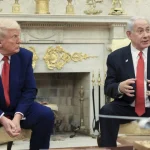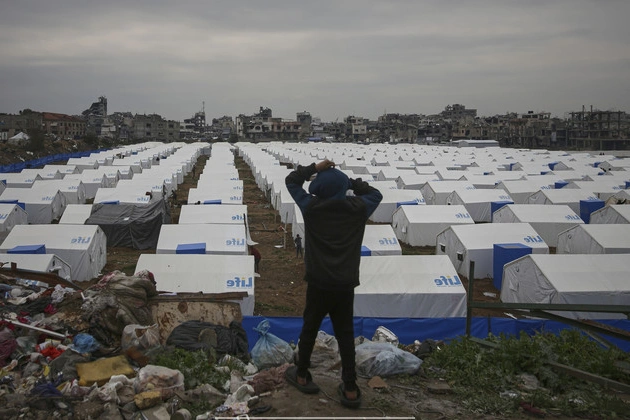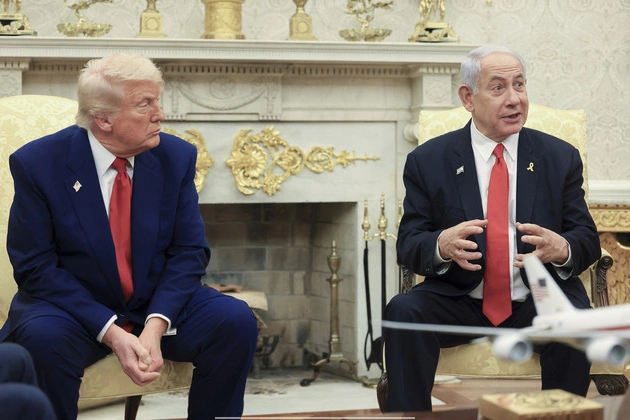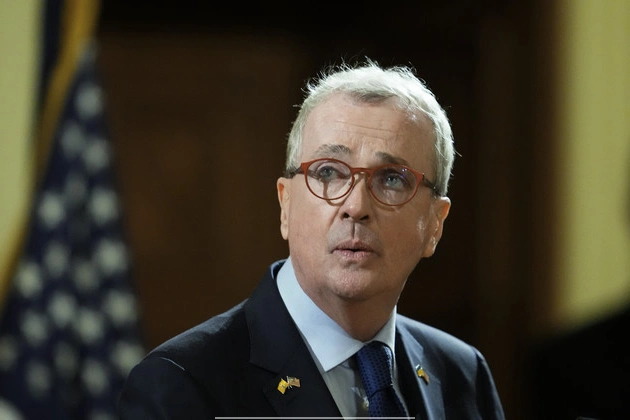
Israeli forces withdrew from a key Gaza corridor on Sunday, as confirmed by Israeli officials and Hamas. This withdrawal is a significant step forward, aligning with Israel’s commitments under a fragile ceasefire deal with Hamas.
As part of the truce agreement, Israel has removed its forces from the 4-mile Netzarim corridor, a strategic strip of land that previously served as a military zone during the conflict. This gesture has allowed Palestinians to traverse this corridor, facilitating their return to the war-affected northern regions of Gaza.
Challenges and Progress
While the initial phases of the ceasefire have seen positive developments, challenges loom over the negotiation of the deal’s extension and the release of additional Israeli hostages held by Hamas. Prime Minister Benjamin Netanyahu’s delegation to Qatar signals ongoing diplomatic efforts, but the absence of high-ranking officials raises questions about the potential for a breakthrough.
Simultaneously, incidents of violence persist in the region, exemplified by the tragic casualties in the northern occupied West Bank on Sunday. Such events underscore the fragility of the current ceasefire and the urgent need for sustained diplomatic engagement.
Looking Ahead
The path to lasting peace in Gaza hinges on navigating intricate political landscapes and addressing deep-rooted grievances. The phased approach of the ceasefire, with its hostage exchanges and gradual troop withdrawals, reflects a cautious optimism for stability.
However, the road ahead is fraught with challenges, including divergent views on the future status of Gaza and the broader Middle East dynamics. The looming specter of renewed hostilities underscores the pressing need for sustained dialogue and mutual concessions.
International Dynamics
Beyond the immediate ceasefire dynamics, international actors play a pivotal role in shaping the region’s future. Proposals such as President Donald Trump’s controversial relocation plan for Gaza inject additional complexity into an already intricate landscape of negotiations.
Saudi Arabia’s condemnation of Netanyahu’s remarks underscores the deep-seated tensions and competing visions for the region’s future. As regional powers jostle for influence, the prospects for a comprehensive peace deal remain uncertain.
Conclusion
The withdrawal of Israeli forces from the Netzarim corridor marks a tangible step towards de-escalation in Gaza. However, the journey towards sustainable peace is riddled with obstacles that demand concerted efforts from all stakeholders.
As the ceasefire enters a critical phase of negotiation and implementation, the international community’s support and vigilance are crucial in ensuring that the promise of peace in Gaza becomes a lasting reality.















